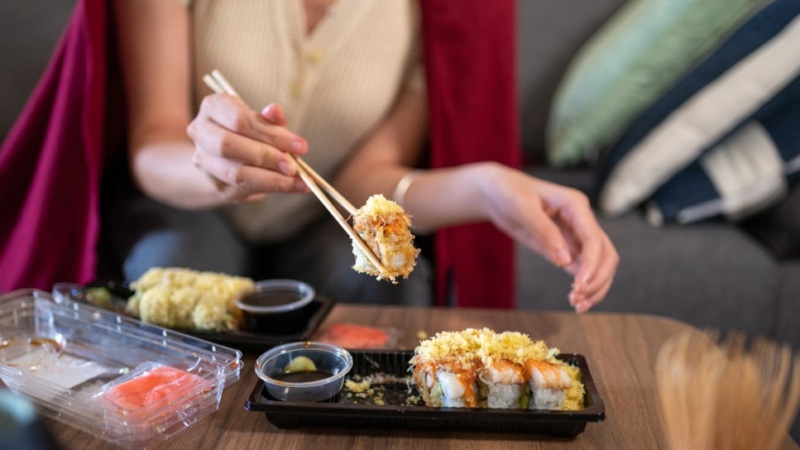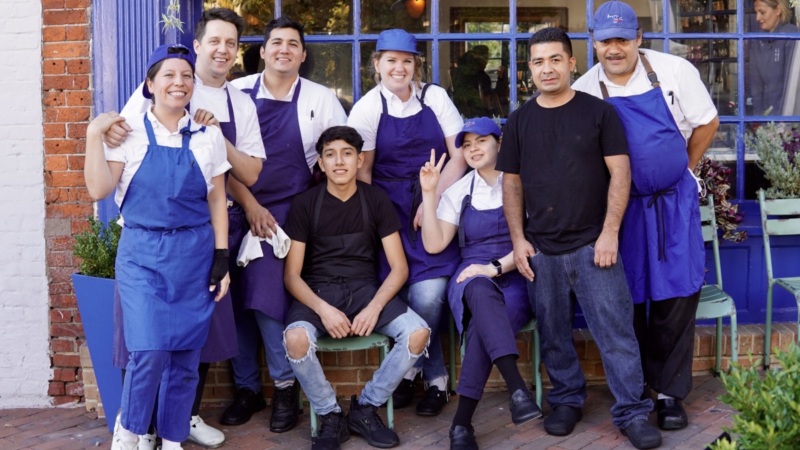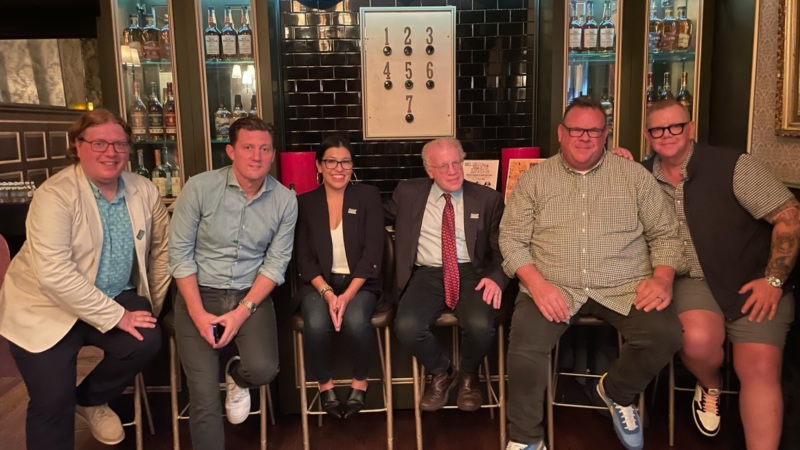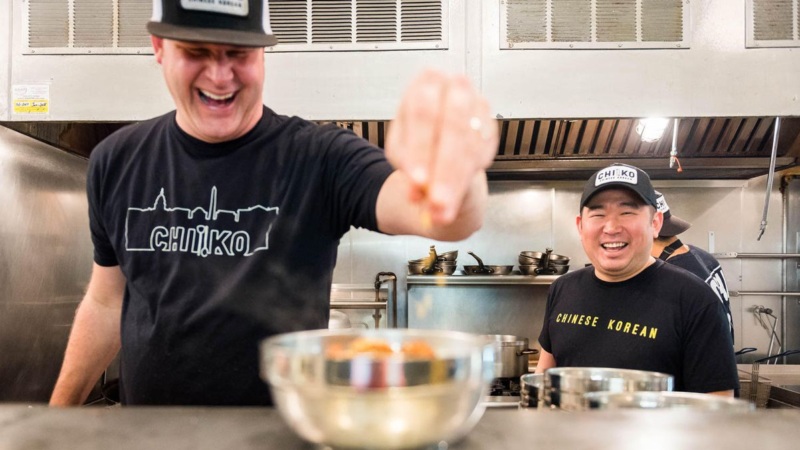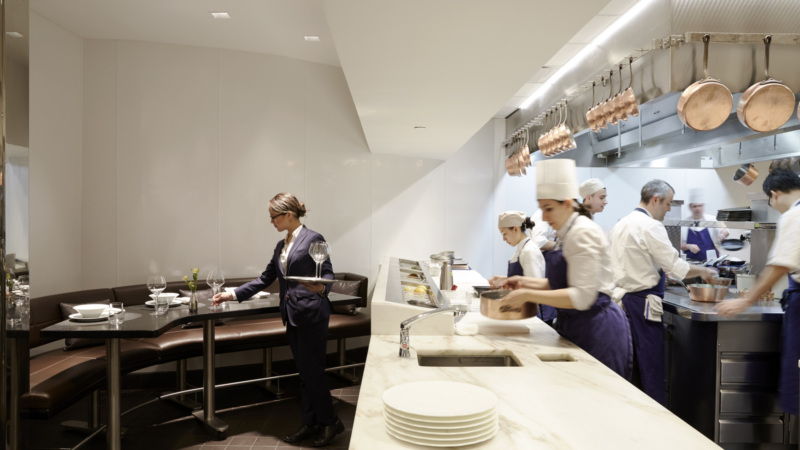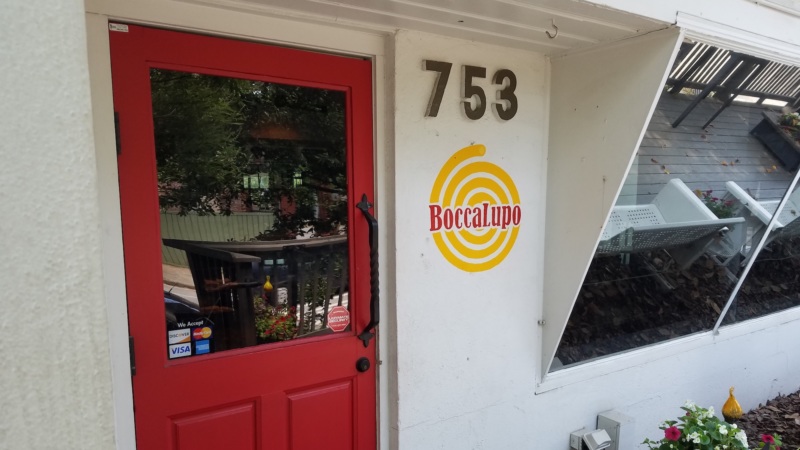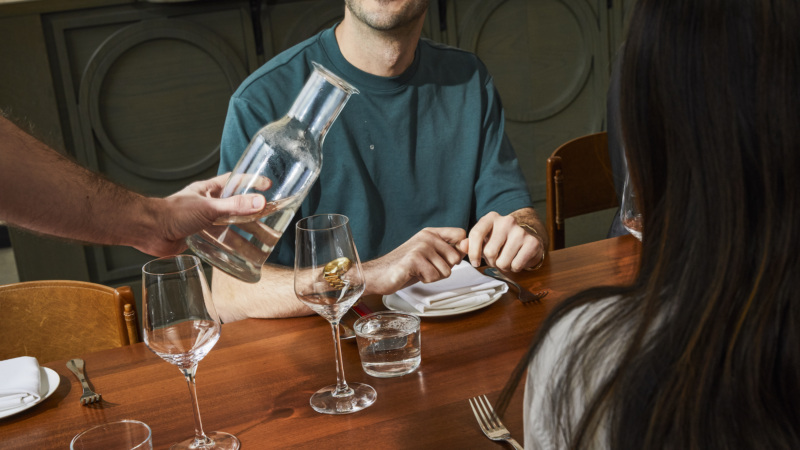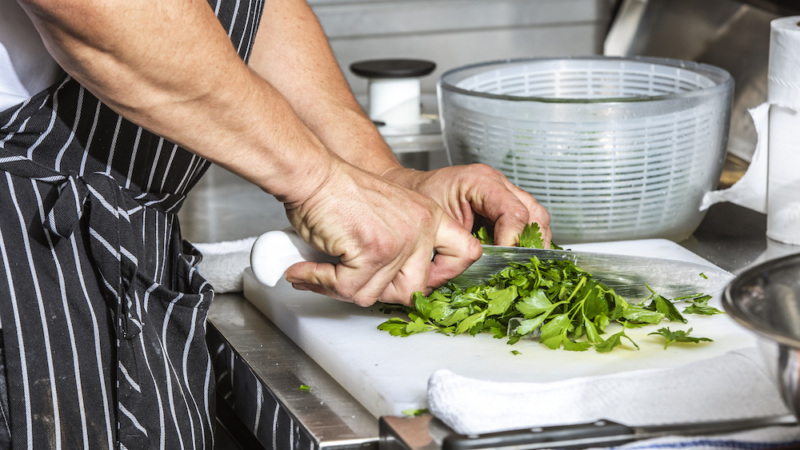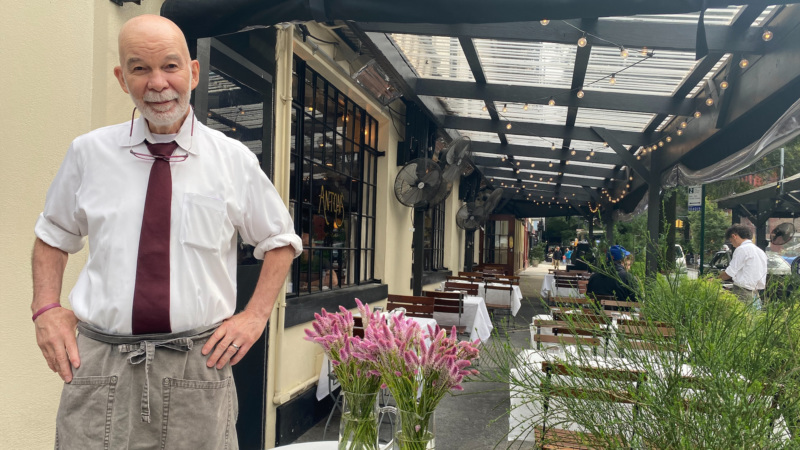
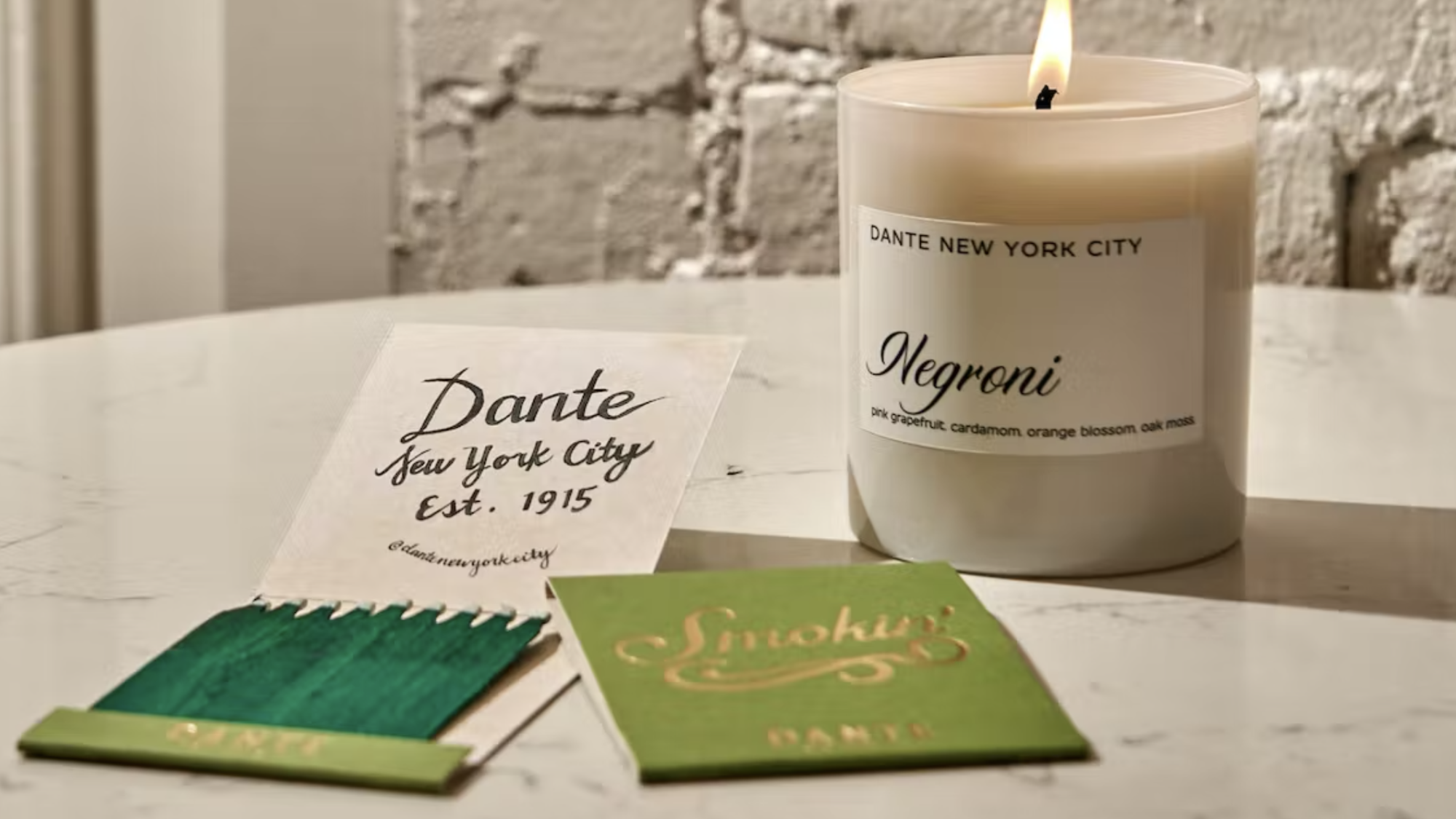
How Can Restaurants Create a Successful Merch Strategy?
The demand for restaurant merchandise like branded apparel, glassware, and packaged goods surged at the start of the pandemic as means to help cushion the blow of closures and capacity limitations. It has since morphed into a full-on movement; the act of securing a hat or a graphic tee from a favorite eatery is now a symbol of insider-y cachet—as well as a walking endorsement for your brand.
The decision to expand into retail comes with a lot of questions like, “What do consumers want to buy?” and “Is it worth it?” In the latest edition of the Resy Roundtable, we asked several operators who have seen success selling merch to share some of their wisdom.
1. How did you decide what to sell?
Linden Pride, co-owner of Dante New York and Dante West Village (New York, New York): It started with bottled cocktails. This then expanded into various products that embody the Dante ethos, such as our Negroni Candles which were created in tandem with a Brooklyn-based candlesmith featuring a bespoke scent emblematic of the golden hour of Aperitivo.
Linsy Potterfield, administrative assistant of 167 Sushi Bar, Bar 167, and 167 Raw, (Charleston, SC): We like to go with colors we think people would like, and colors that go with our brand. We just got a bunch of corduroy hats that are better for the fall and good for Christmas gifts, too.
Barb Leung, head of marketing and operations at Nom Wah, (New York, New York): It’s been a lot of what we (the staff) want and what we enjoy. A lot of the decisions are also collaboration-driven.
2. How do you promote your merch?
Leung: The easiest way is to hang it up in the store. But for the most part, it’s re-posting when people are wearing it and tagging us, and linking out to the shop from our stories. It’s a fine line for us to straddle — merch is not our core business but it’s part of our branding. We can’t flood the feeds with all merch all day.
Potterfield: If you search us on Facebook, you can find our products listed, in addition to posting on Instagram. It’s also cool to see people wearing the merch, which makes people want it — to have your brand out there in a different way besides word of mouth or ads.
Merch should be quality, meaningful, and authentic to your brand.— Linden Pride, Co-owner of Dante, New York City
3. What are the most popular items?
Pride: Our bottled cocktails. We’ve made an effort to make each bottle feel special — from the labels to the packaging.
Potterfield: Hats. We have a good variety of colors and types. And then a simple gray and navy shirt [with our] classic logo.
Leung: Our OG t-shirts, the soup dumpling t-shirts, and the sweatshirt that has the simple logo on it. People like to rep a brand. They like stuff that’s made well and fits well. Also everyone loves stickers when we bring them to events and give them away — they’re the new business cards (don’t forget to put your social handle on them!)


4. What are some of the challenges you’ve faced when building out this arm of your restaurant business?
Pride: With our bottled cocktails, the uncertainty revolving around the legality of to-go cocktails has been the biggest challenge. Also, sourcing materials — such as single-serve glass bottles.
Leung: Dealing with customs. We used to screen-print our merch in Brooklyn but we couldn’t customize a lot of the elements like size, fit, and texture. Now the hardest part is determining when the product is going to get here [from China]. There’s a very big margin of error. The pricing can also fluctuate so much, especially when you’re dealing with air cargo.
5. What advice would you give other restaurant operators interested in selling merch?
Leung: Start simple and start local. It’s the easiest way to figure out what you like and don’t like.
Expect that it will be a very large investment upfront. You’re easily spending thousands of dollars holding product that you may or may not sell. All our items are priced to make a profit, but the ROI for us is really the extension of our brand.
Potterfield: Start small, pick something simple, and go with the seasons. Once you have the system in place, it makes it much easier to fulfill orders moving forward.
Pride: Merch should be quality, meaningful, and authentic to your brand. It’s a good idea to think outside of the box as well — a restaurant selling cocktail-scented candles isn’t the most common, but that’s why people love them!
*Opinions and views in articles shared on Resy OS are presented for the purpose of discussion and commentary on topics of interest in the restaurant industry; they should not be viewed as substitutes for advice given by professionally engaged business consultants and advisors.






